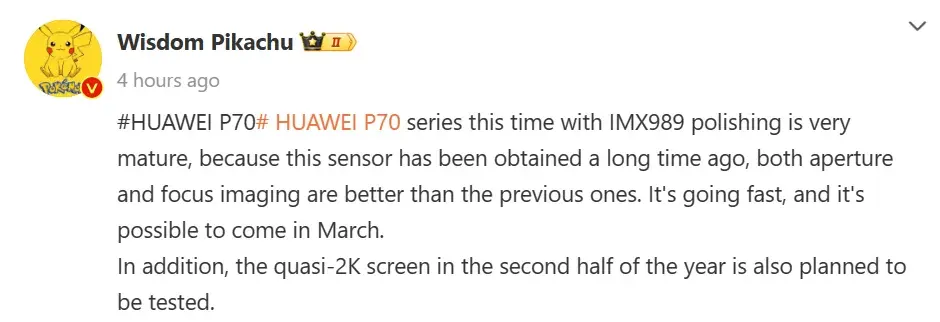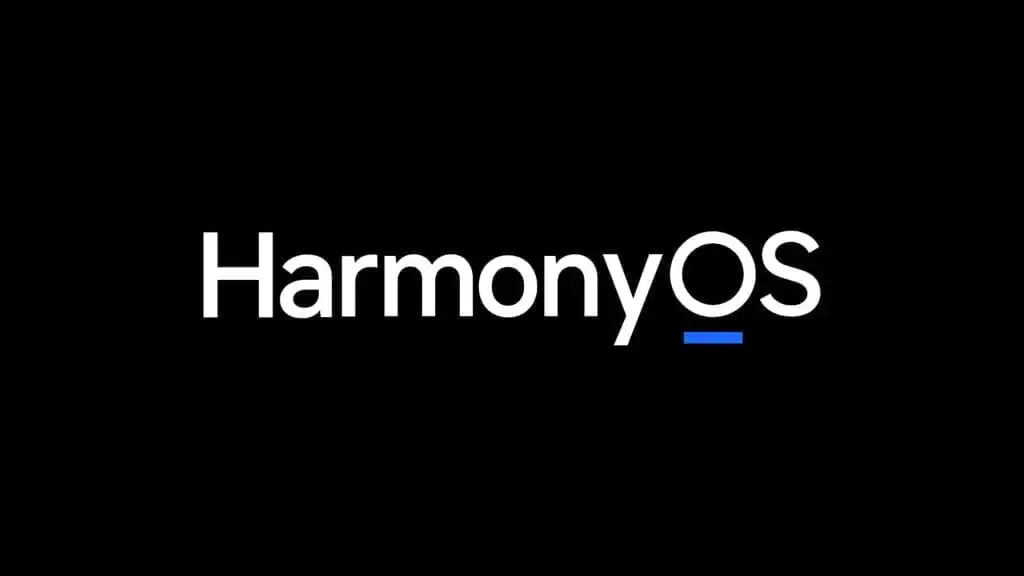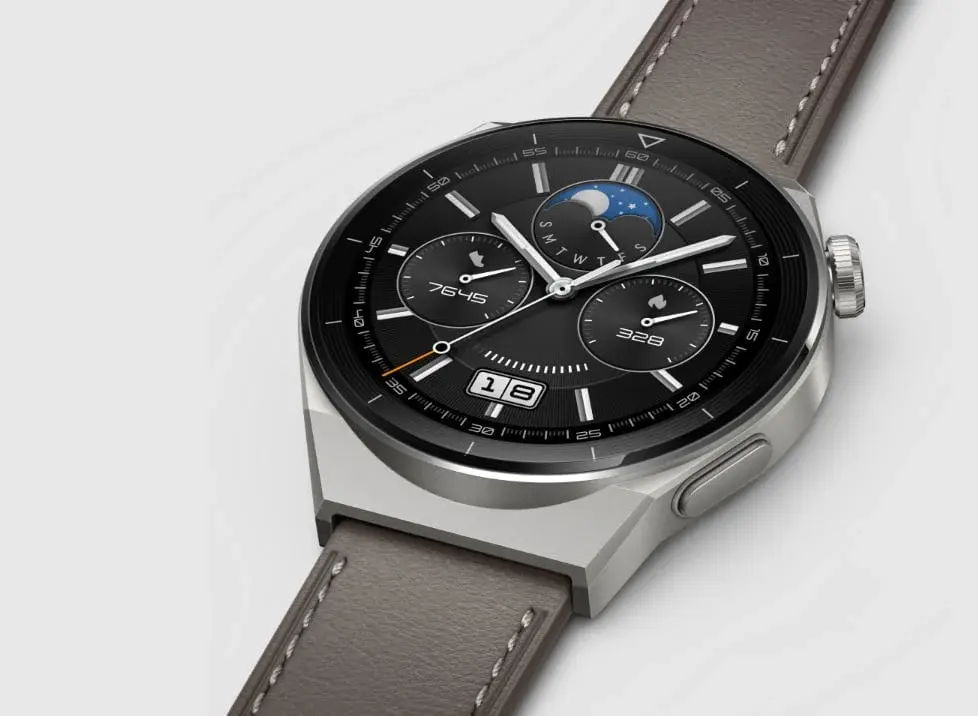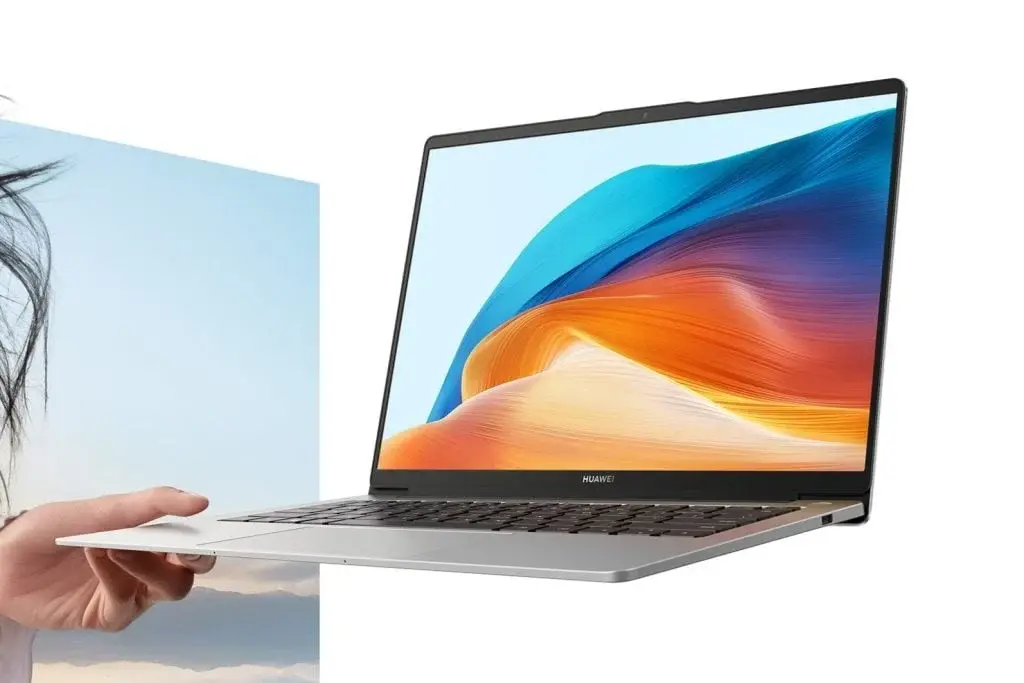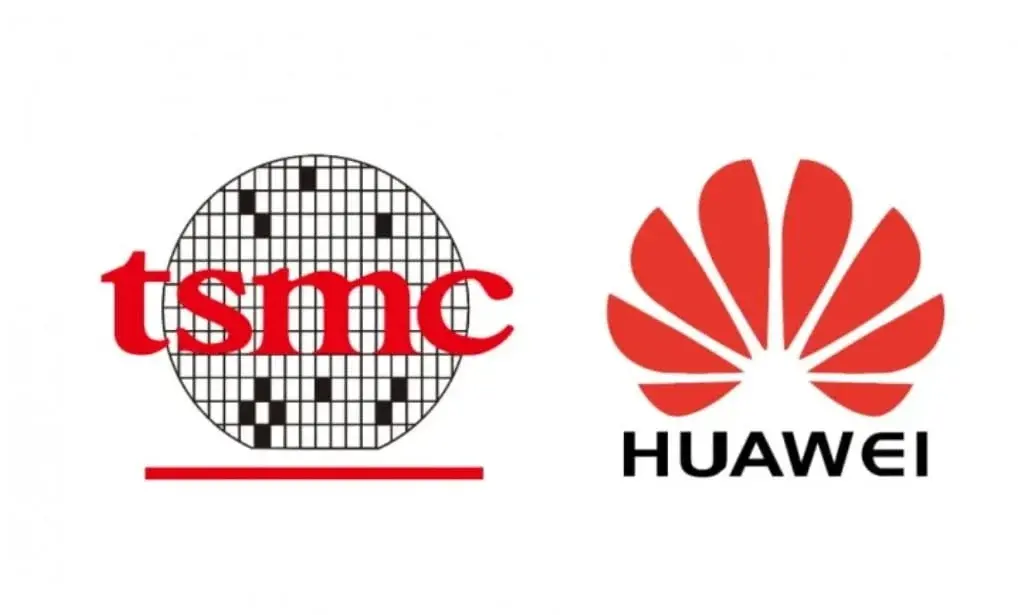Anticipated Launch and Noteworthy Features of the Huawei P70 Series
Huawei is currently in the process of developing the highly awaited P70 series, the successors to the popular P60 lineup.
Expected Launch Date
As per reliable insights from Smart Pikachu, a credible source on Weibo, indications suggest that the unveiling of the P70 series might occur earlier than initially anticipated, possibly hitting the market as soon as March.
Enhanced Camera Capabilities
- Notable camera upgrade: incorporation of the advanced IMX989 sensor with improved aperture functionalities and enhanced focusing capabilities.
- Additionally, Huawei is reportedly conducting trials with a nearly 2K display expected to debut in the latter part of the year.
Detailed Camera Specifications (as disclosed by Digital Chat Station)
- Introduction of the Huawei OV50H physical variable aperture.
- Inclusion of the 1/1.3-inch OV50H sensor and the larger 1.02-inch IMX989 sensor across various models.
- The premium P70 Art variant is rumored to sport the Sony IMX989 sensor.
- Deployment of a 1G6P glass-plastic hybrid lens to elevate overall camera performance standards.
Further Technical Specifications
- Unveiling of a cutting-edge 1.5K deep micro quad-curved 6.7-inch display featuring minimal bezels.
- Integration of dual speakers alongside a receiver for an enriched audio experience.
- A robust 5000mAh high-density battery promising prolonged usage without frequent recharges.
- The base model (Huawei P70) is expected to be driven by the potent Kirin 9000S chipset.
In Summary
The Huawei P70 series is anticipated to introduce significant advancements in camera innovation, including the IMX989 sensor and Huawei OV50H physical variable aperture. Of particular interest is the P70 Art model with its innovative glass-plastic hybrid lens. The lineup will also showcase a remarkable 1.5K display, a distinct triangular-patterned rear camera configuration, and a high-capacity battery. Altogether, the P70 series is poised to be an enticing offering from Huawei, setting new benchmarks in the industry.

